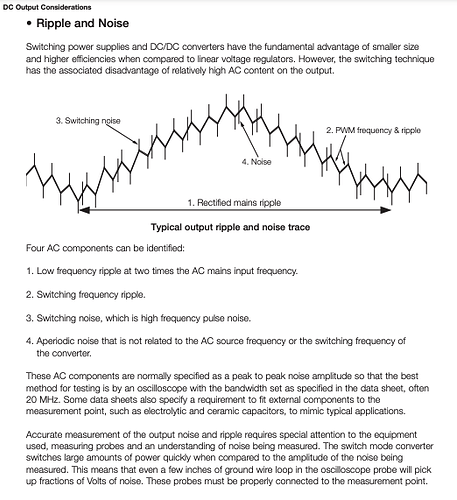Hi @Jverive - first up, thanks for getting back to me! and sorry for taking so long in replying: I seem to be in a funny part of life where you get periods of downtime where I can dedicate a lot of time to this, but it seems as soon as I post a question, life says “nope! deal with this instead!” - but today the kids are healthy and I’m actually getting some time to get back into this.
Before I continue, I will add in that, believe it or not, I have a degree in electrical engineering from many years ago, and after being out of the game for so long, things seemed to have disappeared from my mental cache; I spent time talking to my mum (a mathematics teacher) and we were discussing that when I was in college, my motivation was more not failing than true understanding… I got very used to just applying the formula, getting an answer and moving on. Which I pay the price for now, but am determined to correct. Hence I take as many courses as I can. This is part of a bigger project in building and documenting projects with my kids, and teaching them as we go - hence I am determined to give them the correct understanding, rather than some of the misunderstandings and misconceptions I have had. Thus there will be some more posts in this realm. This is why I am comfortable with the math, but missing some concepts!
with all that said - could you expand on this point:
“because of R1 (30 ohms) in your filter there never is a time during which two voltage sources are truly in parallel.”
if we had a 1.5v and a 1.3v battery in parallel, both will try and force the node to be their voltage, the connection between the two will be, in effect a very low resistance, and current will flow from the higher potential to the lower, meaning an extremely high current will flow from the 1.5v → 1.3v battery, dropping 0.2v across, essentially, 0 ohms. I assume along the wire then, there will be a voltage gradient, so the actual voltage on the node would depend on where along the wire you connected, and it would be somewhere between 1.3 and 1.5v. In reality though, the 1.5v battery would never be able to source that much current, and pushing that much current into the 1.3v battery would result in bad things happening! so… what voltage would be at the node would be a moot point!
now, as there is the 30ohm resistor there, they are, as you say, not truly in parallel - taking the same example above if we have a 30ohm resistor between a 1.5v and 1.3v battery, there would be 0.2v across that resistor and so a current of 6.7mA would flow from the 1.5v → 1.3v battery - and then it would be a question of the construction of the 1.3v battery how it would handle this.
However, I am unsure of how to apply this to the filter above, am I correct that yes! current will flow in reverse towards the voltage source, and you best be aware of that and deal with it appropriately?! for example, the 555 timer internally appears to handle reverse currents, and I assume most chips will as well - from the LM555 timer datasheet

“the output circuit can source or sink up to 200mA” - in my simulation above the max negative current is around -5mA, so well within spec
to one of my original points, this is something that I have never really worried about, and (so far!) have gotten away with, but in reality - in practical engineering of products, how do you deal with this? as I mention, I have done a lot of reading, but this doesn’t get much discussion, filters are handled from the impedance/reactance perspective as to their cut-off frequency and that’s it. Inductors get discussions of reverse-emf and flyback/freewheeling diodes, but I am yet to see reverse currents discussed as a result of capacitors and filters (or I’m looking in the wrong places!)




